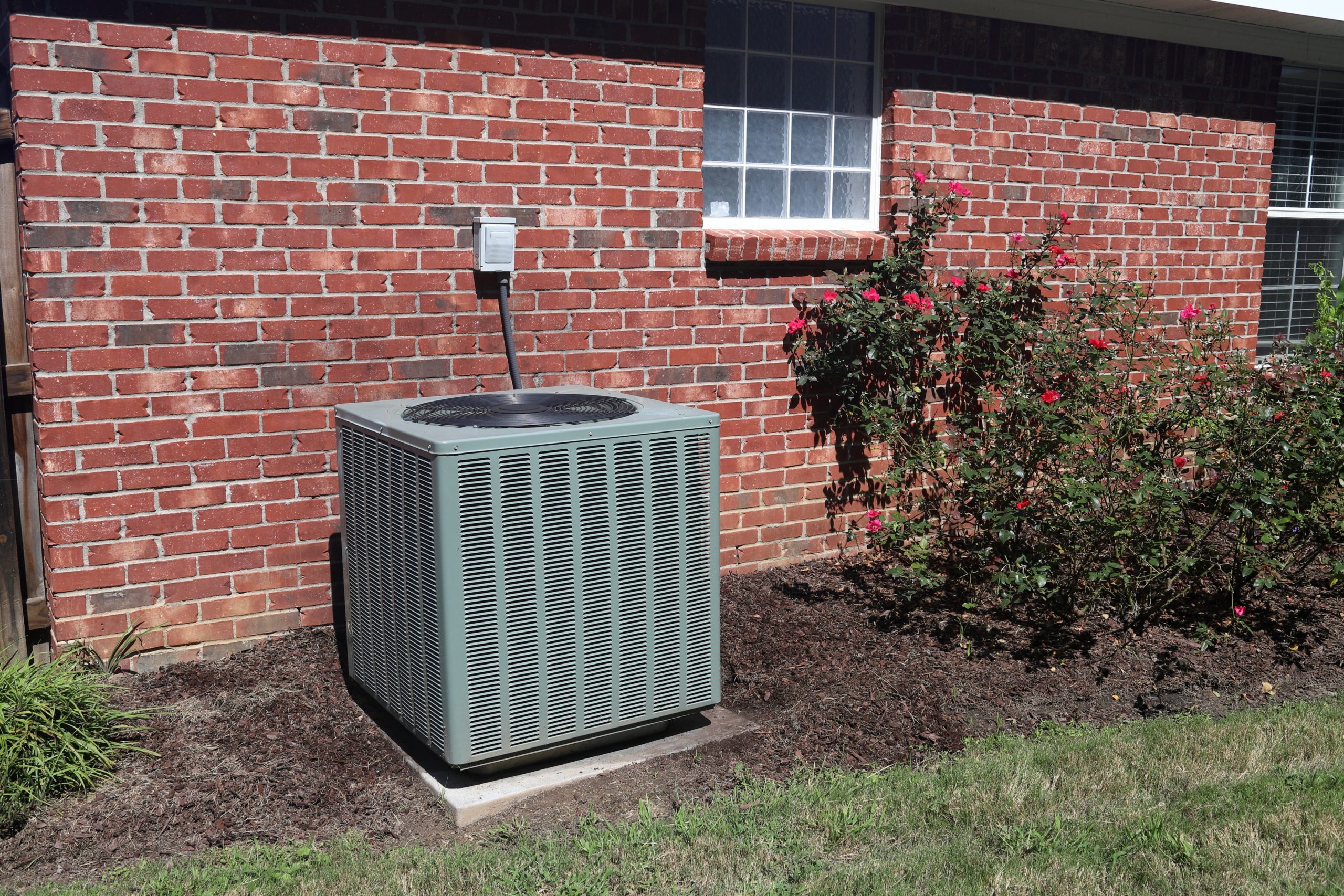
As recently reported on our blog, there is an outbreak of Legionnaires’ disease in Harlem, NY. Additionally, dozens are sick after they were exposed this month at Duke University’s fantasy basketball camp. All over the country, cases of Legionnaires’ disease appear to be on the rise. Michigan noted an alarming statistic in July of an increase of 569% from July 2020. This is a huge spike in reported Legionnaires’ disease cases, with over 100 cases being reported in Michigan in the first half of July alone. [1] Many individuals are returning to buildings like schools and offices that have been…
